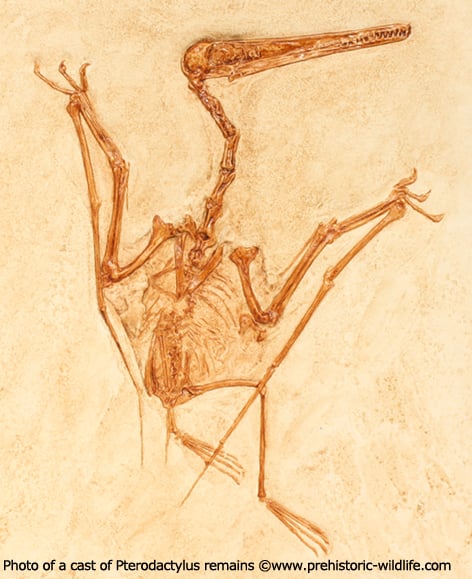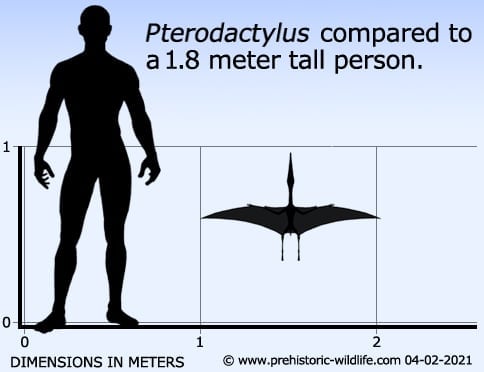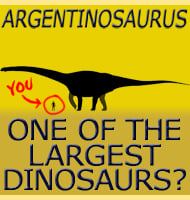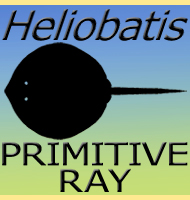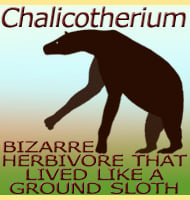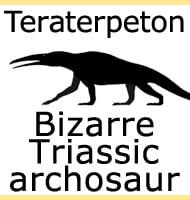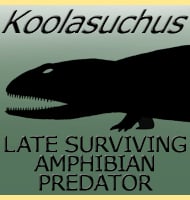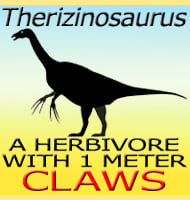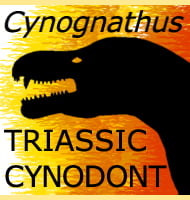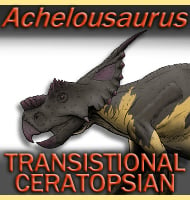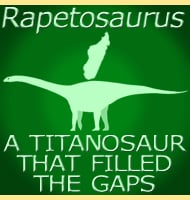In Depth
Pterodactylus has the honour of being the first pterosaur known to science, although the type of creature that it really was, was still largely unknown at the time of its discovery. Many scientists inferred that it was more like a bat, or something between a bat and a bird. Some even put forward the suggestion that it was actually a marine creature and suggested that the wings were actually flippers.
Time, along with new discoveries and further research eventually confirmed Pterodactylus as a flying reptile, but continuing incomplete knowledge and understanding of the group during the nineteenth century resulted in many discoveries being attributed to Pterodactylus as different species of the genus. To cause even further confusion, it was also not known that Pterodactylus individuals varied considerably with age, with the result that Pterodactylus juveniles and sub adults were incorrectly named as different species.
Studies towards the end of the twentieth century have not only successfully reduced the number of species, they have also identified clear yearly growth cycles. Currently the only universally accepted species is the type Pterodactylus antiquus. The only other strong contender is P. longicollum which represents a larger and longer necked individual that also has fewer teeth. P. longicollum may yet represent a separate genus, meaning that its future inclusion as a Pterodactylus species is by no means certain.
Other species that remain are considered Nomen dubium and these include Pterodactylus arningi, P. cerinensis, P. grandipelvis, P. manseli, P. maximus, P. pleydelli and P. suprajurensis. These are pretty much only known from scant fossil material, and their inclusion in either Pterodactylus or indeed another pterosaur genus is difficult to establish with certainty. These problems with multiple names are not unique to Pterodactylus, and another Jurassic pterosaur, Rhamphorhynchus, has also had similar trouble with its taxonomic history.
As noted above, new study of Pterodactylus remains also revealed yearly growth cycles with have allowed for fossils to be divided into classes. The first year class obviously represents the youngest individuals, and typically have skull lengths between fifteen and forty-five millimetres long. The second year individuals are larger with skulls fifty-five to ninety-five millimetres long. The third year specimens are the largest and include the type species remains for P. antiquus.
Perhaps the most interesting thing about these revelations is that none of the specimens represent an adult specimen, meaning that the true adult form of Pterodactylus is either still unknown, or has already been attributed to another genus. Also the slow and steady growth is more indicative of a pattern as seen in today’s crocodiles than modern birds. On a related note, the debate about whether pterosaurs were warm or cold blooded is not easy to settle, although such a growth pattern is more indicative of a cold blooded animal. The beak of Pterodactylus was straight and not curved like so many other pterosaurs. The number of teeth can also be used to establish the age of the individuals with younger specimens having around only fifteen teeth, while the larger and older specimens have closer to ninety and ran through the entire length of both jaws. The teeth are also larger towards the tips of the jaws, possibly to help facilitate prey capture, and in older specimens, are proportionately narrower than their younger kin.
The changing dentition may also be indicative of a feeding strategy that changed with age, with younger Pterodactylus feeding upon insects while older ones also including fish and maybe even small animals into their diets. This would also have reduced feeding competition between the different age groups. Study of the scleral rings has also revealed a diurnal adaptation, meaning that Pterodactylus would have been active during the daytime. In contrast some other pterosaurs such as the aforementioned Rhamphorhynchus had nocturnal lifestyles as indicated by study of their scleral rings.
Another indicator of age is what appears to be a short rounded crest that grew from the back of the skull. Aside from only becoming developed in larger individuals, it may have also been a display and potential sign of sexual dimorphism, most probably more pronounced in males. Since a confirmed adult Pterodactylus fossil is still unknown, the extent to which this crest grew cannot be precisely known. Soft tissue impressions have been preserved in a specimen of Pterodactylus, and these impressions reveal the presence of both a throat pouch that extended from the middle of the mandible to the upper neck, and the presence of pycnofibres on the neck. The throat pouch was almost certainly an aid for feeding, perhaps allowing Pterodactylus to scoop up a large amount of water with its prey, and then letting it drain out while its teeth prevented its prey from escaping.
Pycnofibres are usually seen as a sign of insulation but so far they are only known on the neck area. What they may have been for in this case is to serve as a kind of splash guard. Assuming that Pterodactylus fed from the water, when its beak went into the water it would have undoubtedly caused some splash back, potentially spraying water against the neck. If the water made contact with the skin, Pterodactylus would have suffered a greater amount of heat loss through the water evaporation, just like what happens when you sweat. By having a layer of pycnofibres, it may have prevented the splash from making direct contact with the skin, and would have been of even more use had Pterodactylus been a cold blooded creature.
Further Reading
– (Pterodactylus longirostris) – Isis von Oken, 1126 und 1788, Jena – G. Cuvier – 1819. – Year-classes of pterosaurs from the Solnhofen Limestone of Germany: Taxonomic and Systematic Implications – Journal of Vertebrate Paleontology 16 (3): 432–444. – S, C, Bennet – 1996. – Soft tissue preservation in a specimen of Pterodactylus kochi (Wagner) from the Upper Jurassic of Germany – Neues Jahrbuch f�r Geologie und Pal�ontologie, Abhandlungen 210: 421–441. – E. Frey & D. M. Martill – 1998. – Nocturnality in Dinosaurs Inferred from Scleral Ring and Orbit Morphology – Science 332 (6030): 705–8. – L. Schimtz & R, Motani – 2011. – New information on body size and cranial display structures of Pterodactylus antiquus, with a revision of the genus – Christopher S. Bennet – 2013.
